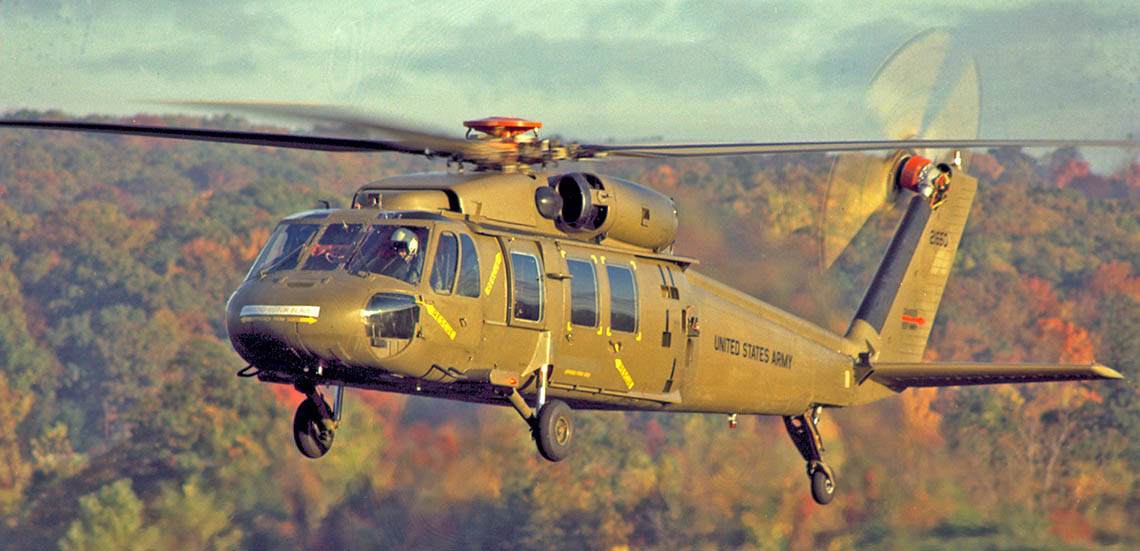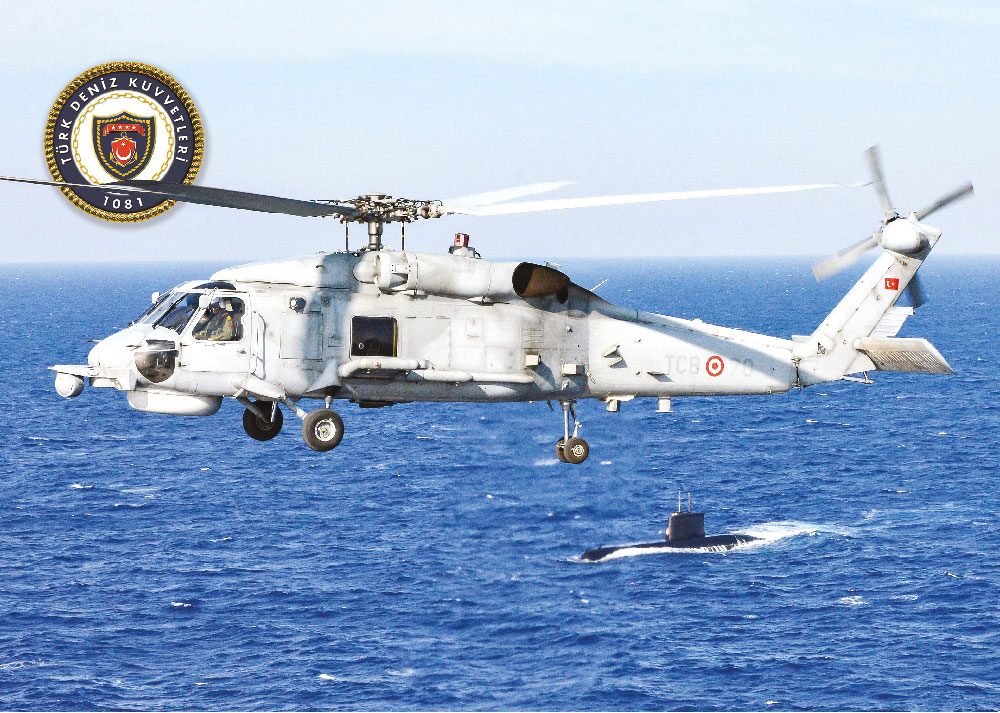Introducing the Sikorsky S 70: Developments and Advances in Helicopter Design
Introducing the Sikorsky S 70: Developments and Advances in Helicopter Design
Blog Article
High-Performance Multi-Role Rotorcraft Featuring Advanced Cockpit Technologies and Integrated Sensing Unit Solutions
The world of rotorcraft technology has actually seen significant innovations in current times, specifically in the realm of high-performance multi-role rotorcraft furnished with cutting-edge cabin innovations and flawlessly integrated sensor systems. These technologies have not just boosted the operational capacities of rotorcraft however have likewise dramatically impacted modern aeronautics operations on different fronts. From improved goal adaptability to boosted functional effectiveness, the convergence of sophisticated cabin innovations and incorporated sensing unit systems has introduced a brand-new age of possibilities for rotorcraft applications. In the following conversation, we will certainly check out the evolution of rotorcraft innovation, explore the realm of advanced cockpit developments, and examine the effects of integrated sensing unit systems on the operational convenience and efficiency of contemporary rotorcraft.
Development of Rotorcraft Technology
The evolution of rotorcraft innovation has actually been marked by considerable developments in aerodynamics, products, and propulsion systems, shaping the abilities and performance of modern-day rotorcraft. Wind resistant improvements have boosted the effectiveness and maneuverability of rotorcraft, allowing for enhanced rate, agility, and stability throughout trip (sikorsky s 70). Advancements in products, such as using composite products and progressed alloys, have actually led to lighter yet more powerful rotorcraft structures, improving total performance and sturdiness. Furthermore, advancements in propulsion systems, including much more powerful engines and ingenious propulsion technologies, have enabled rotorcraft to achieve greater elevations, faster rates, and higher hauls.
These innovations have not only transformed the capabilities of rotorcraft yet have actually likewise expanded their applications across different sectors, including military, business, and emergency services. The continuous development of rotorcraft innovation proceeds to drive advancement in the field, pressing the limits of what is feasible and shaping the future of upright flight.
Advanced Cockpit Innovations
Building upon the foundational innovations in aerodynamics, materials, and propulsion systems, the world of rotorcraft modern technology now shifts emphasis towards pioneering Advanced Cabin Innovations. The assimilation of innovative technologies within the cabin atmosphere plays an important role in improving the operational abilities, safety and security, and performance of modern rotorcraft. sikorsky s 70. Advanced Cockpit Innovations incorporate a large array of features created to give pilots with improved situational recognition, streamlined data monitoring, and intuitive control interfaces
Among the key improvements in cabin design is the application of glass cabins, which replace standard analog determines with high-resolution screens. These digital systems supply customizable designs, real-time information assimilation, and improved readability, allowing pilots to gain access to critical info at a glimpse. In addition, advanced avionics systems, such as fly-by-wire controls and augmented reality screens, are changing just how pilots interact with the aircraft, enabling accurate control and improved decision-making abilities.


Integrating advanced cabin advancements not only enhances pilot efficiency but additionally adds to general mission performance and security in complex functional environments. By leveraging modern technologies within the cabin, rotorcraft producers are setting new criteria for operational excellence and goal success.
Integrated Sensor Equipments
With the development of rotorcraft technology, the assimilation of sophisticated Integrated Sensing unit Solution has actually ended up being paramount in boosting operational effectiveness and safety. These Integrated Sensing unit Equipments include a vast range of modern technologies that offer critical data for numerous functions such as navigation, security, targeting, and environmental tracking. By flawlessly incorporating sensors like radars, cams, lidar, and infrared systems right into rotorcraft, operators can gain from boosted situational awareness, improved goal capabilities, and reduced pilot work.
One trick advantage of Integrated Sensor Solutions is their capacity to collect real-time data and offer workable understandings to pilots and goal drivers. Progressed radar systems can detect and track targets over long ranges, permitting for early risk detection and efficient response image source planning. Furthermore, integrating infrared and electro-optical cameras enables rotorcraft to carry out reconnaissance and monitoring goals with accuracy and precision.
Essentially, the assimilation of cutting-edge sensor technologies into rotorcraft not just boosts functional efficiency however likewise contributes considerably to general objective success and crew safety. As rotorcraft remain to advance, the duty of Integrated Sensing unit Solution will most certainly continue to be at the forefront of technology in the aerospace industry.
Operational Convenience and Efficiency
Enhancing functional versatility and performance in rotorcraft is a natural progression from the assimilation of sophisticated Integrated Sensing unit Solutions. By leveraging the data and insights given by these sophisticated sensing unit systems, rotorcraft can enhance their performance throughout various goals and atmospheres.
Operational adaptability includes the ability of rotorcraft to adapt to various find out this here functions and scenarios successfully. With sophisticated cockpit modern technologies and integrated sensor systems, rotorcraft can effortlessly transition in between tasks such as search and rescue, clinical emptying, security, and much more. This versatility improves the rotorcraft's capability to satisfy varied operational demands without requiring substantial reconfiguration.
Efficiency in rotorcraft procedures is crucial for making the most of mission efficiency and source utilization. Integrated sensor systems play an essential role in improving functional efficiency by providing real-time data on weather condition conditions, terrain mapping, target tracking, and extra. This information makes it possible for pilots to make educated choices swiftly, optimize flight courses, save gas, and boost overall mission efficiency.
Influence On Modern Aviation Procedures

In addition, the combination of sophisticated sensors facilitates improved objective planning and execution, enabling rotorcraft to do a wide variety of tasks with boosted accuracy. From search and rescue procedures to airborne firefighting and police goals, the abilities of contemporary rotorcraft furnished with sophisticated cabin modern technologies and integrated sensing unit systems are unparalleled.
Furthermore, the effect of these improvements prolongs past functional efficiency to cost-effectiveness and sustainability. By enhancing flight courses, gas consumption, and upkeep timetables, high-performance rotorcraft geared up with sophisticated cockpit innovations and sensors contribute to minimizing operational prices and environmental influence, making them crucial properties in modern air travel procedures.
Final Thought
To conclude, the high-performance multi-role rotorcraft with advanced cabin modern technologies and integrated sensor systems stands for a significant advancement in aviation technology. These innovations enhance operational convenience and performance, ultimately impacting modern aviation operations in a positive way. The integration of these advanced technologies allows for improved capabilities and efficiency in numerous objective situations, article showcasing the continued development of rotorcraft innovation in the aviation industry.
The world of rotorcraft modern technology has actually seen significant improvements in recent times, particularly in the realm of high-performance multi-role rotorcraft outfitted with sophisticated cabin innovations and effortlessly integrated sensing unit systems. From boosted objective flexibility to improved operational efficiency, the convergence of innovative cabin innovations and integrated sensing unit systems has actually ushered in a new era of opportunities for rotorcraft applications. In the complying with discussion, we will certainly check out the evolution of rotorcraft technology, dive into the realm of sophisticated cockpit innovations, and check out the ramifications of integrated sensing unit systems on the operational convenience and effectiveness of modern rotorcraft.

Report this page